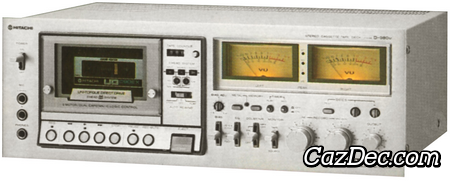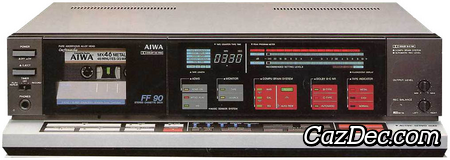
Hitachi D-E99 Stereo Cassette Tape Deck

This product is missing a good quality picture. You can provide a picture taken by you from your own deck, or send us scanned picture of this deck taken from the original manufacturer brochure by clicking this text.






This Hitachi D-E99 is a stereo cassette deck with double Dolby B and C noise reduction, it was first sold by Hitachi in 1982 with a recommended retail price of USD $570 and discontinued 2 years later in 1984.
The main features of the Hitachi D-E99 cassette deck are: 3 heads and off-tape monitoring, digital linear tape counter with 4 digits, tape type selection and capable of handling normal, chrome, ferro-chrome and metal tapes, belt driven dual-capstan transport.
Typical front loading cassette deck with the cassette compartiment located on the left side of the deck. Tape eject is operated mechanically and the cassette needs to be placed with the side to be played facing forward in the cassette well.
Level meters used on the Hitachi D-E99 cassette deck are generic digital peak reading meters. Full-logic transport controls used on the Hitachi D-E99 let it respond to the slightest finger contact for fast and effortless transport function selection.
To ensure the best response from the wide variety of tapes available adjustment of, bias, equalization and sensitivity, to optimum levels can be performed prior to recording.
Dolby C-type used in the Hitachi D-E99 provides 20 dB of noise reduction above about 1,000 Hz, fully doubling the amount given by B-type. The three-head configuration of the Hitachi D-E99 requires a Double Dolby system, one for recording and one for playback. The 19kHz multiplex pilot slgnal present in FM stereo broadcasts can cause false triggering of the noise reduction system. The switchable MPX filter of the D-E99 filters out the pilot signal, and assuring proper Dolby processing of FM stereo programs.
To make live recordings this deck has 2 microphone inputs to connect microphones with a jack connector. For undisturbed listening a jack connector for a pair of stereo headphones is supplied. Connection to other audio components for plaback can be achieved by a RCA cable and recording from a source by a RCA cable. All main transport commands can be issued remotely with a wired remote control.

- Computer Mechanism
- Fluorescent Display
- 3 Head System
- Fluorescent Digital Peak Meter
- ATRS (Automatic Tape Response Search)
- Dual Capstan
Historic events
Features of Hitachi D-E99

 Auto Bias Calibration
Auto Bias Calibration
 Auto Level Calibration
Auto Level Calibration
 Auto Equalizer Calibration
Auto Equalizer Calibration

 2 Mono Microphone Inputs
2 Mono Microphone Inputs
 RCA Input/Output Connectors
RCA Input/Output Connectors
 Headphones
Headphones
 Wired Remote Control
Wired Remote Control
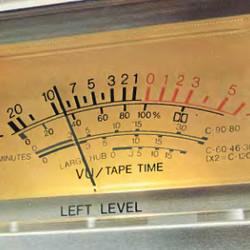
 Digital Peak-Reading Meters
Digital Peak-Reading Meters
 Elapsed Time
Elapsed Time
 Linear Tape Counter
Linear Tape Counter
 4-Digıt Digital Counter
4-Digıt Digital Counter
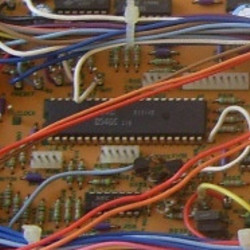
 Record Protection
Record Protection
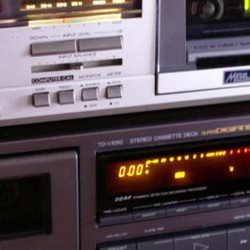
 Orientation Left
Orientation Left
 Black Finish
Black Finish
 Front Loading
Front Loading
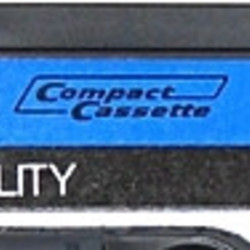
 Stereo
Stereo
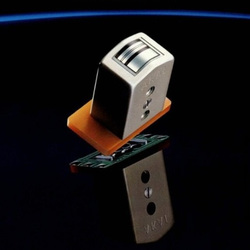
 3 Head Desiǥn
3 Head Desiǥn
 4 Track / 2 Channel
4 Track / 2 Channel
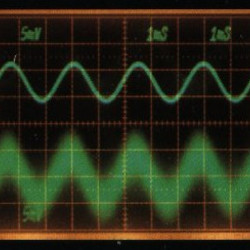
 Dolby-B Noise Reduction
Dolby-B Noise Reduction
 MPX Filter
MPX Filter
 Double Dolby NR Circuits
Double Dolby NR Circuits
 Dolby-C Noise Reduction
Dolby-C Noise Reduction
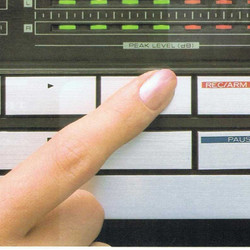
 Full Logic Transport Control
Full Logic Transport Control
 Timer Recording/Playback
Timer Recording/Playback
 Line / Mic Input Select
Line / Mic Input Select
 Record Mute
Record Mute
 Real-Time Tape Monitoring
Real-Time Tape Monitoring
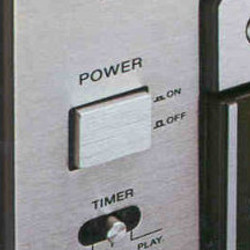
 Alternating Current
Alternating Current
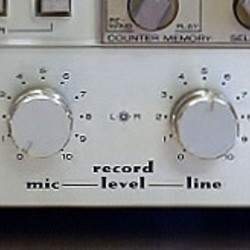
 Individual Output Level Controls
Individual Output Level Controls
 Output-Level Control
Output-Level Control
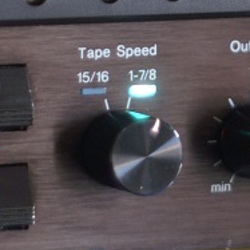
 1⅞ ips - 4.76 cm/s
1⅞ ips - 4.76 cm/s
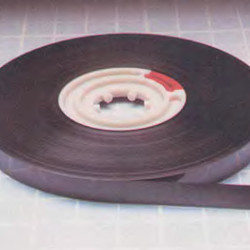
 Ferro-Chrome Tape Capabilıty
Ferro-Chrome Tape Capabilıty
 Normal Tape Capabilıty
Normal Tape Capabilıty
 Chrome Tape Capabilıty
Chrome Tape Capabilıty
 Metal Tape Capabilıty
Metal Tape Capabilıty

 Auto Shutoff
Auto Shutoff
 Mechanical Tape Loading
Mechanical Tape Loading
 Dual-Capsŧan Transport
Dual-Capsŧan Transport
 Belt Drive (Capsŧan)
Belt Drive (Capsŧan)
Similar to Hitachi D-E99 from the period 1982 - 1984
Notice on copying anything
Copying Hitachi D-E99 information from this site and use it in your auction or on your website is not allowed. A link to this page for Hitachi D-E99 is allowed from your website or auction.

